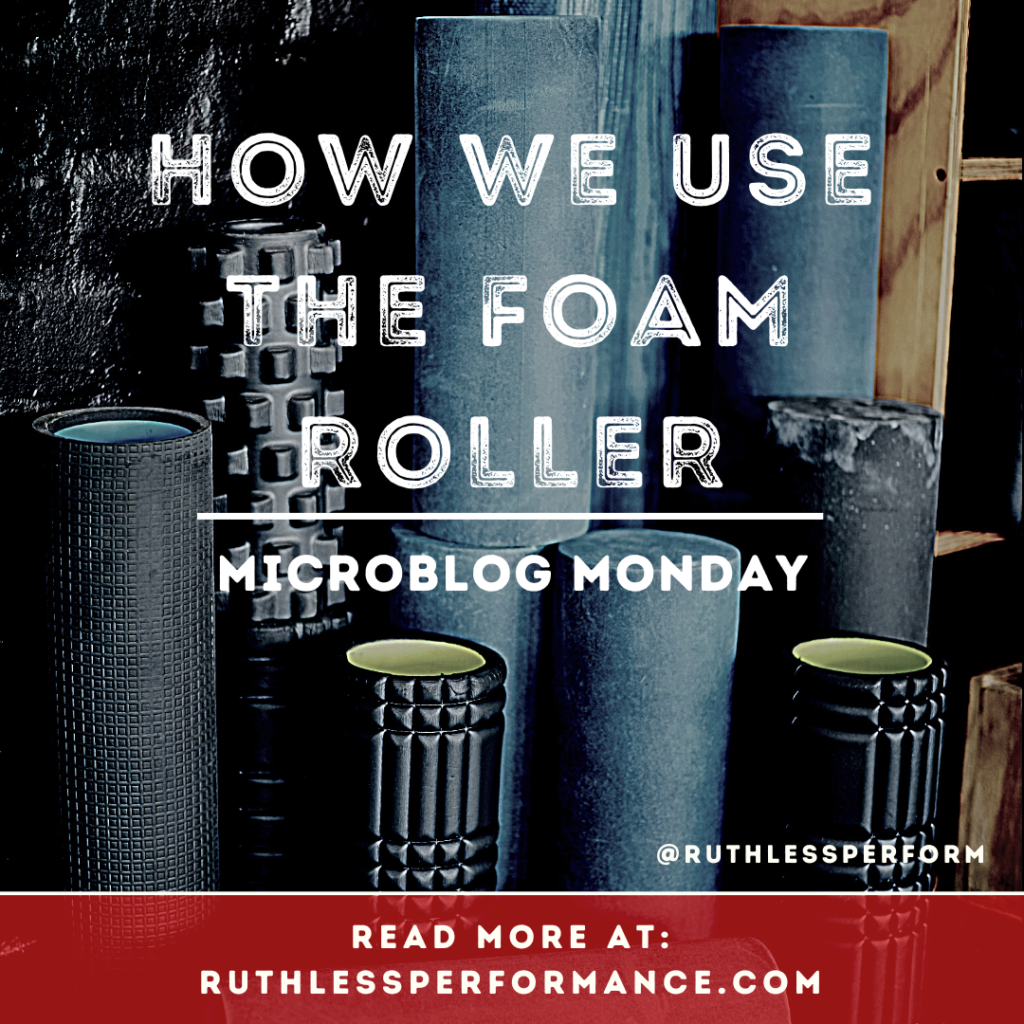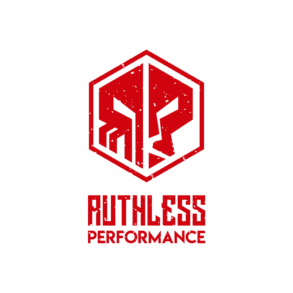The foam roller really began picking up traction among athletes somewhere between ’09 to ’12–depending on your sources of information and the circles that you ran with at the time. You can never assume that the strength & conditioning realm will find things first–sometimes it’s the powerlifters doing things early, sometimes it’s the bodybuilders, but in this case the heavy hitters in athlete development/ strength & conditioning really popularized these tools–perhaps it was even Kelly Starrett’s Becoming a Supple Leopard which put the popularity of myofascial release over the top.
What is myofascial release? I’m glad you asked.
I’ll go with the NSCA’s definition of Myofascial Release for brevity and simplicity:
Myofascial release (MR) is a manual therapy developed by Barnes to help relieve and reduce adhesions within the fascia. It involves massage or trigger-point therapy in which a health care provider, such as an athletic trainer, physical therapist, or a licensed massage therapist, provides manual pressure to the affected area. Physiotherapists spend approximately 45% of their time providing massage therapy to aid recovery and improve sport performance. Massage therapy is often an underrated and underutilized therapeutic procedure that improves circulation, promotes muscle relaxation, loosens scar tissue, stretches tight muscles and fascia, and relieves muscle spasms. It has also been shown to help HR and DBP recover to preexercise levels after high-intensity exercise and to reduce exercise-induced fatigue. This is particularly important for tactical athletes who experience episodes of high cardiovascular demand, such as firefighters, where the risk of a cardiac event is significant. Massage therapy may not always be practical because it requires a third-party therapist. However, self-myofascial release (SMR), which uses foam rollers or dense implements such as baseballs or golf balls, can be performed by an individual without the assistance of others. It is becoming a more common practice and may provide a suitable alternative to massage therapy.
Excerpt from “Myofascial Release (MR): Massage and Foam Rolling” (NSCA)
With that definition I already run the risk of this article no longer fitting Microblog status so let’s be brief.
If myofascial release can break up adhesions and generally contribute to greater range of motion, it would behoove us to utilize myofascial release outside of the confines of time spent with a practitioner like a physical therapist or masseuse.
Enter Self-Myosfascial Release (SMR)
Self-Myofascial Release is then the broader term for what we’re during when we smash our own weight into a lacrosse ball or a foam roller. Imagine the lacrosse ball or roller as being the hands of a masseuse (without the masseuse price tag).
We do recommend a progression which will cover from neck-to-calf BUT more frequently we utilize SMR as we would program a stretch or a mobility drill within a warm-up or activation drill complex.
Like a targeted pre-workout stretch we may only use 1-3 sets of :20 to :60 seconds. This tends to be long enough to create better movement, without compromising strength or inducing too much muscular trauma.
After a workout may be a different story. After workouts we may go up to 2-5 minutes on an area, perhaps split out over a few sets to create some more lasting change.
In any given training cycle an athlete may not see any foam rolling at all. Sometimes it may be before and after a workout in 1-3 targeted areas.
Some targeted areas may be:
- Calves with a roller or Plantar Fascia (bottom of feet) with a Lax ball
- For runners or bad gait
- Traps with a roller or Pec smash with a Lax ball
- For posture
- Glutes with a Lax ball
- For hip abnormalities or general ‘gluteal amnesia’ (inactive butt)
- Quadriceps with a foam roller
- Helpful for anterior pelvic tilt, runner recovery
In short, we tend not to go overboard with Myofascial Release Techniques, although they are extremely helpful. If we are working with an athlete 2-5 times per week we just need to be judicious in what we do with an athlete at any given time. Time with our athletes is critical and in some cases foam rolling is helpful, in others, not as much. But such is any modality when striving to utilize the correct tools in the right time and place.
But definitely don’t save it for a massage visit once a year two days before you need to perform at your best.
Just something to think about,
-John

